Helping assembly-line robots pick up objects
Control Engineering
AUGUST 3, 2022
At the beginning of the COVID-19 pandemic, car manufacturing companies such as Ford quickly shifted their production focus from automobiles to masks and ventilators. To make this switch possible, these companies relied on people working on an assembly line. Two of these were the wedge and a pyramid shape with a curved keyhole.

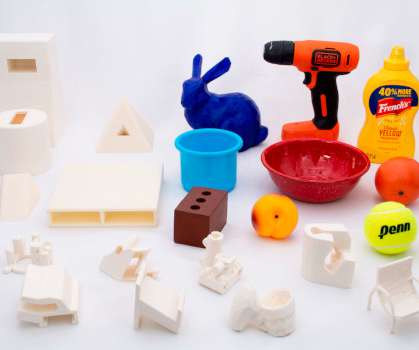
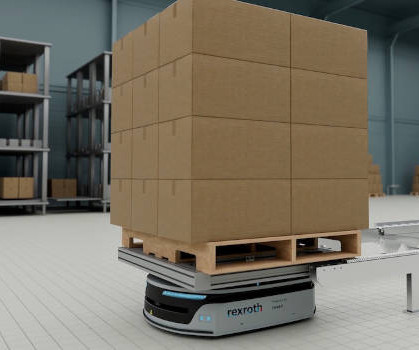
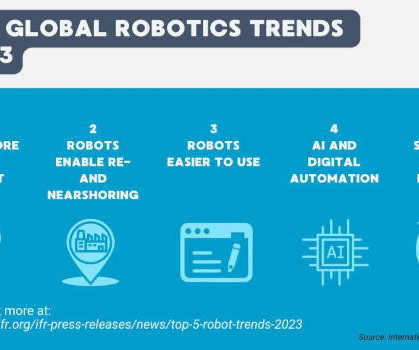
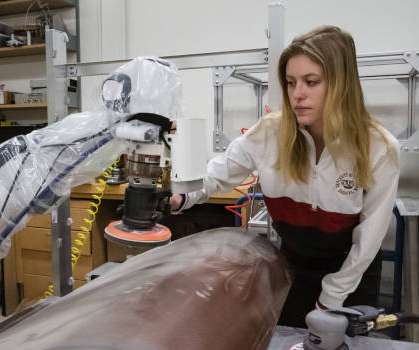
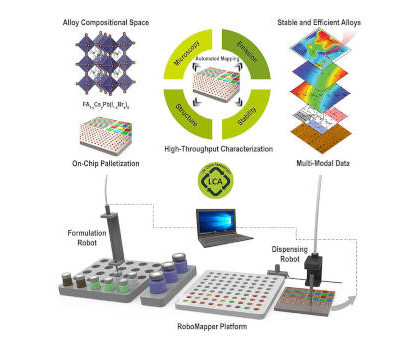
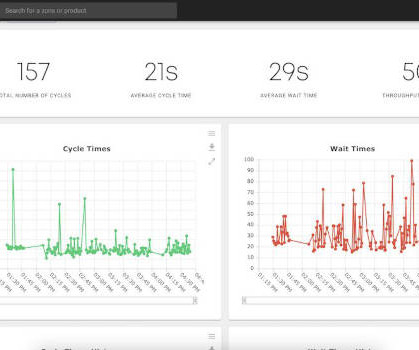
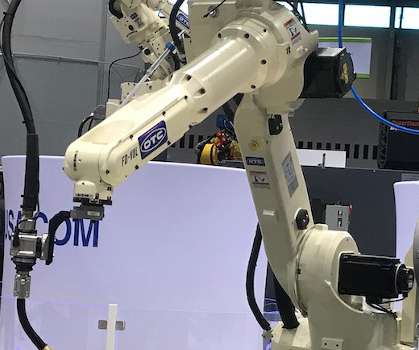
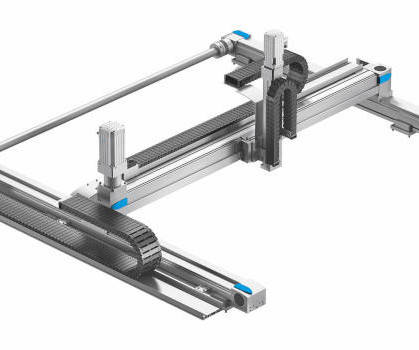
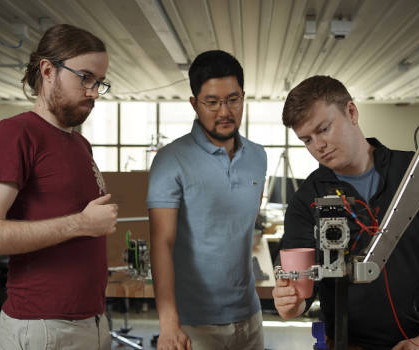






Let's personalize your content